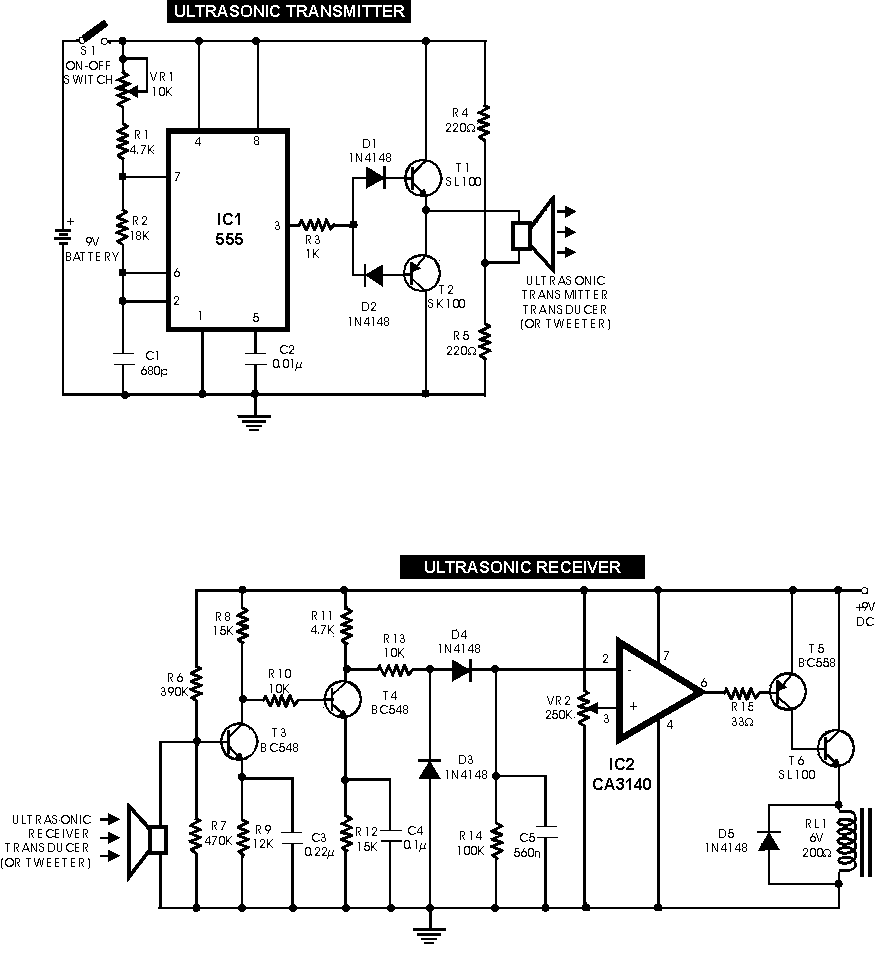newelltech
Full Member level 4

Actually that's not it. Here's the link:
**broken link removed**
**broken link removed**
Follow along with the video below to see how to install our site as a web app on your home screen.
Note: This feature may not be available in some browsers.




Not really. You suggested measuring the pressure at the bottom of the tank. That is a quite different approach and requires that the sensor be placed in the liquid.artem said:hrhgroup, i offered you same solution as newelltech. Thanks to him he provided link to exact solution .
There really isn't any limit to this approach as long as there is a sensor that can measure the maximum air pressure. Also, what could be safer that a plastic pipe with the sensor mounted at the top - it could even be outside the tank!hrhgroup said:I read that, but it seems that is for small scale, you know my application is measuring the level up to 4 meter, and on the hand is this safe?

newelltech said:Not really. You suggested measuring the pressure at the bottom of the tank. That is a quite different approach and requires that the sensor be placed in the liquid.artem said:hrhgroup, i offered you same solution as newelltech. Thanks to him he provided link to exact solution .
My suggestion and the way the article does this is to use a pipe or hose that runs from the bottom of the tank to the top of the tank and the pressure sensor is at the top and actually measures air pressure compressed by the liquid.


hrhgroup said:I think regard to the GAS(or steam) of fuel like GASOLENE that would enter the pipe and also affect the presure of air and also its variance with tempreture this method would not be practical, according to my research






